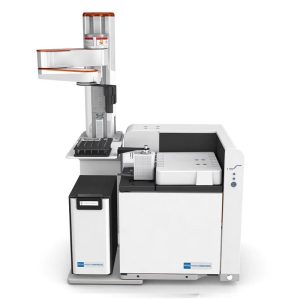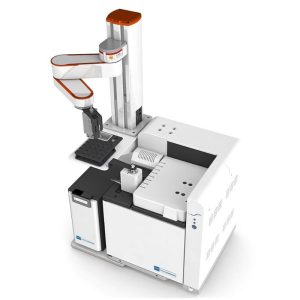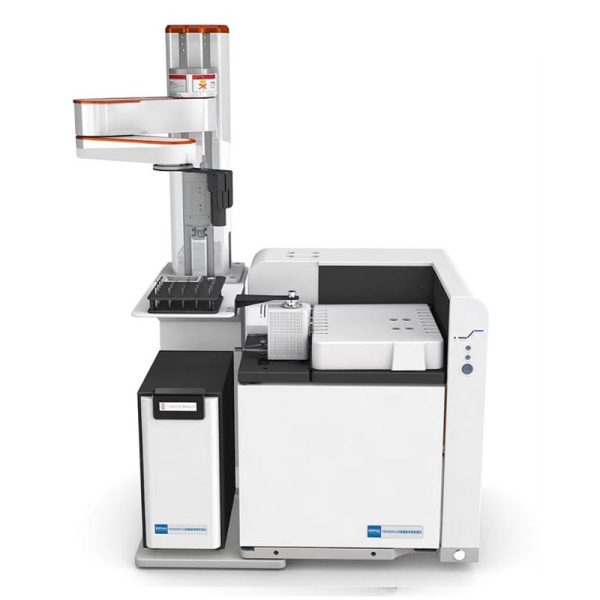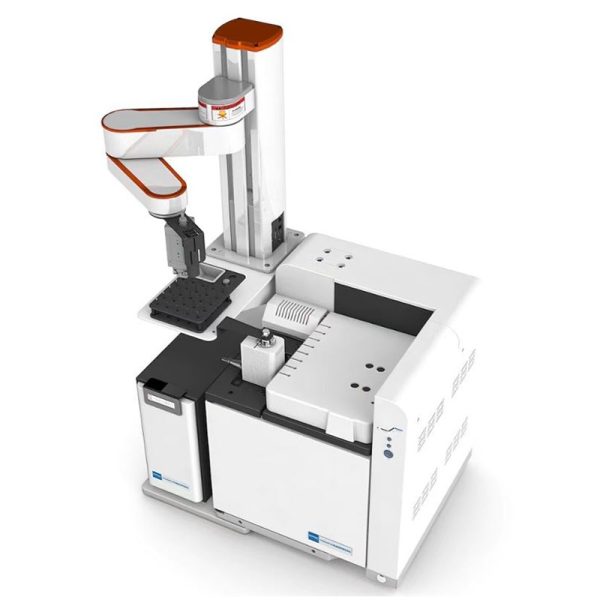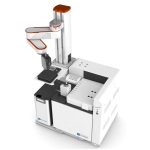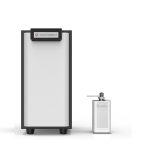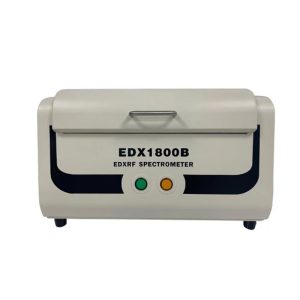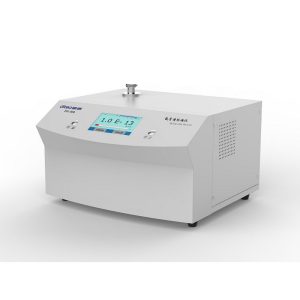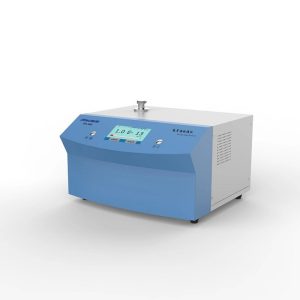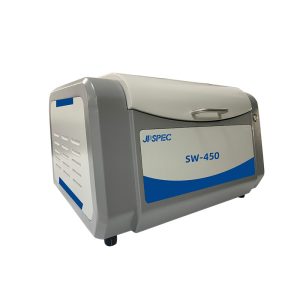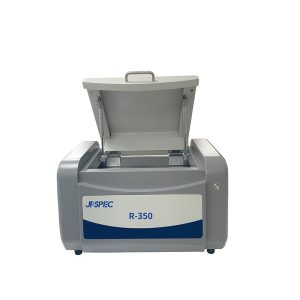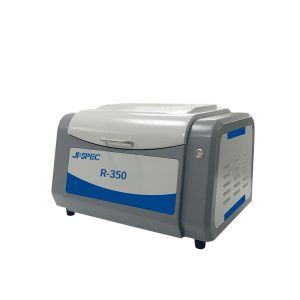Paes RoHS tester | RoHS2.0 adjacent benzene detector
- Descrizione
- Inchiesta
Descrizione
RoHS2.0 adjacent benzene detector
RoHS phthalic tester RoHS2.0 phthalic detector Micro crack release phthalic tester
A giugno 4, 2015, la Gazzetta Ufficiale dell'Unione Europea (GU) ha emanato la direttiva di modifica (Unione Europea) 2005/863 della RoHS2.0, che ha aggiunto 4 ftalati nell'elenco delle sostanze soggette a restrizioni della RoHS2.0 sulla base dell'originale 6 sostanze della RoHS (Guida, cadmio, mercurio, cromo esavalente, bifenili polibromurati ed eteri di difenile polibromurato). Così, RoHS2.0 ha 10 sostanze controllate.
Secondo gli standard di test RoHS2.0, le imprese di produzione devono acquistare attrezzature adeguate per il rapido screening delle materie prime, autoispezione materiale, controllo qualità interno, ispezione della fabbrica del cliente, eccetera. (Attrezzatura necessaria per la configurazione convenzionale: Spettrometro GCMS+EDXRF), ma l'acquisto di queste attrezzature al ritmo di milioni, molte imprese avvertono una forte pressione, e le imprese devono effettuare lo screening delle materie prime, se non lo screening, la produzione del prodotto sarà sepolta con un enorme pericolo nascosto, le imprese non possono controllare se i loro prodotti soddisfano gli standard; According to the two pain points of the importance of internal screening and the huge investment needed to purchase equipment, Golden Valley Science Instrument has developed a set of new solutions specifically for the rapid screening needs of the four phthalines in Rohs2.0:
TP20-GC micro crack release aphenol rapid screening solution.
TP30PLUS has the following advantages:
Breve tempo di realizzazione del campione: 20 minutes/sample making time * Rapid screening needs of enterprise users;
No waste gas and liquid waste: this does not need reagent, no pre-treatment, no waste gas and liquid waste;
Basso costo di approvvigionamento: Il costo di approvvigionamento PY+GCMS è 1.2 milioni di yuan, TP20-GC procurement cost is less than 300,000 yuan;
Low cost: no pre-treatment, no reagents and consumables, un anno di utilizzo costa meno di 5000 yuan;
Direct injection: direct solid or liquid injection without pre-treatment, good reproducibility, evitare l’errore umano;
Built-in standard curve: more intuitive judgment whether the material phthalic overstandard
No need for professional laboratory environment: only need ordinary operation space with air conditioning power can be installed and used.
Each component name and retention time
Standard curve and linear range (detection limit)
DIBP standard solutions with concentrations of 50ppm, 100ppm, 250ppm, 500ppm and 1000ppm were configured. The concentration was taken as the horizontal coordinate and the peak area of quantitative components was taken as the vertical coordinate. The standard curve and the linear correlation coefficient were shown below.
The table below shows the comparison of peak height and peak area of 5 standard samples with different concentrations:
Ripetibilità (precision test)
Repeatability was determined at concentrations with low detection limits and the results are shown below.
RoHS phthalic tester RoHS2.0 phthalic detector Micro crack release phthalic tester
The fourth part, in line with IEC62321-8 regulations and requirements
The four phthalines in the middle of Rohs2.0 are plasticizers, which are difficult to volatilize and need to be volatilized at high temperature (200ºC-450ºC). PY/TD-GC-MS (pyrolysis/thermal desorption – gas chromatography-mass spectrometry detector) is used as the current IEC standard. And we use TP20-GC micro-crack release technology (pyrolysis/thermal desorption – gas chromatographic spectrometer), specific analysis of what is the same and different:
1. PY/TD-GC-MS, approved by IEC, is a thermal pyrolysis + thermal desorption + gas chromatography + mass spectrometry detector, in which the pyrolysis temperature is up to 1200 gradi, and many large molecular substances are decomposed into small molecular substances, which will cause interference and false positive results, and MS mass spectrometry is needed for qualitative analysis.
2, TP20-GC is defined as a rapid screening system for phthalates, we only need to do 4 kinds of phthalates quantitative, so we set the heating range at 200ºC-450ºC this interval, In modo che la 4 phthalates are volatilized into the GC (gas chromatographic spectrometer) quantitative, and will not affect the results of other macromolecular substances cracking.
Per riassumere: then why our method does not have a mass spectrum detector? Because our positioning is to do the screening of 4 kinds of phthalines, and the temperature range we use is only 200ºC-450ºC, no other new substances interference, no qualitative detection, so TP20-GC does not need a mass spectrum detector.
RoHS phthalic tester RoHS2.0 phthalic detector Micro crack release phthalic tester
Experimental case 1, a headphone manufacturer in Shenzhen to OEM headphone plastic shell raw materials screening
1. A domestic brand gas Chromatograph (FID+SPI+ capillary column)
2, TP20 micro crack release accessory device processing equipment
3. Chromatographic column
4. A batch of other experimental equipment
Injection method: direct solid injection;
Detection items: To detect whether the original PVC green particles Rohs4 phthalines exceed the standard
